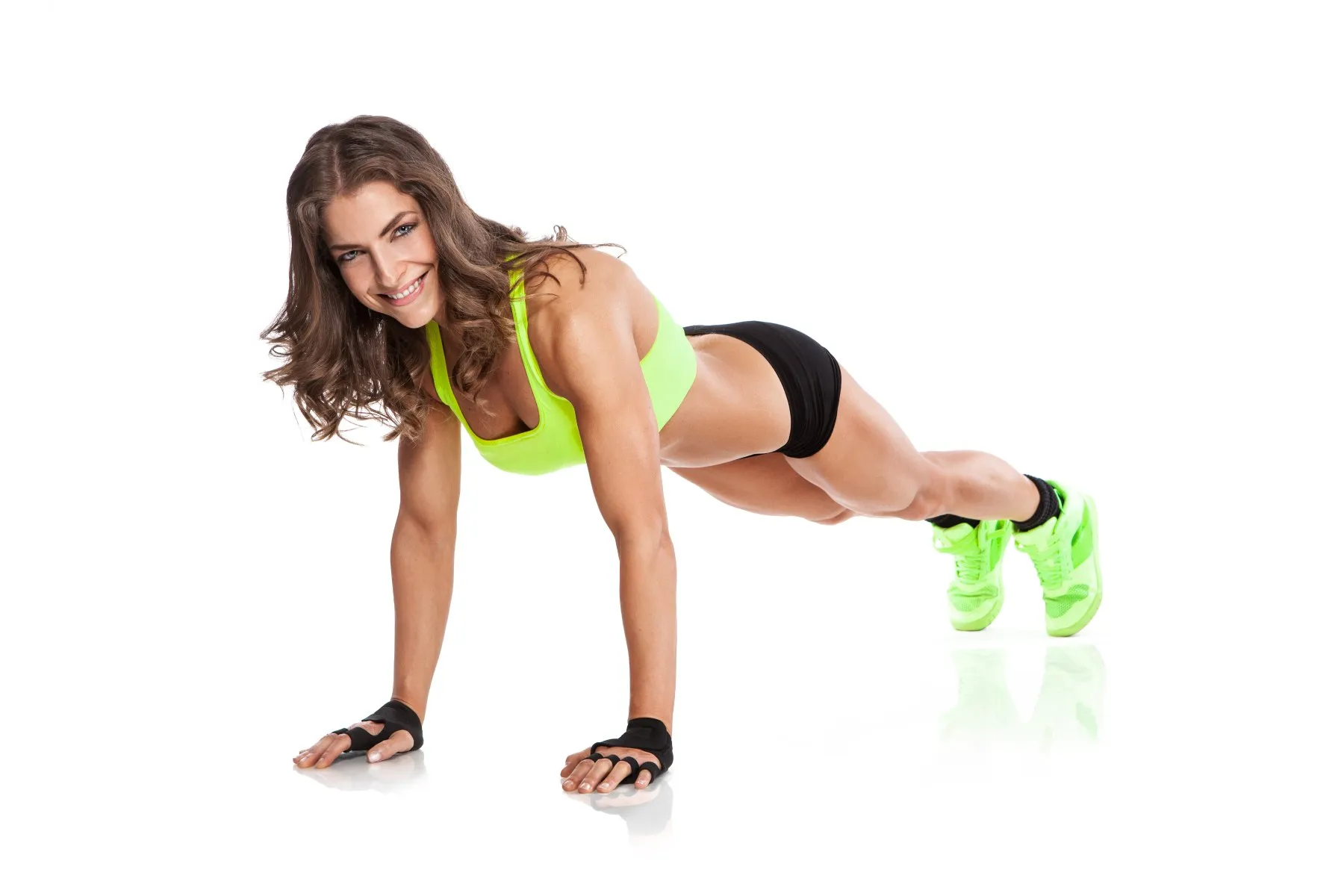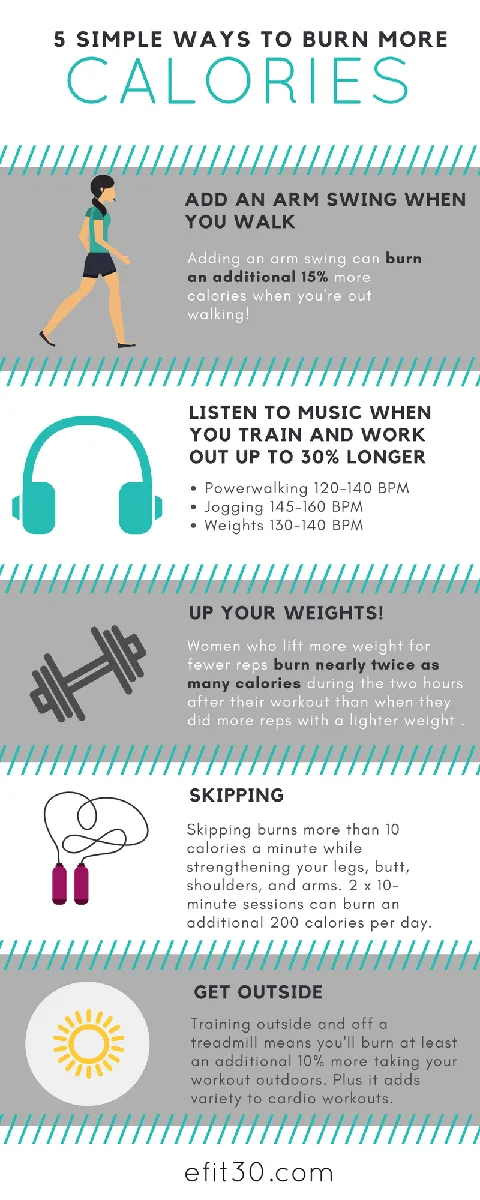This is Part Two of a Two Part Series. Part One can be found here.
We're looking at what happens to your metabolism when you diet. Last week we learnt what metabolism is and how it works. We covered calories/kilojoules, CICO and this week we'll cover diets and what you need to do instead.
Can you sustain a strict diet ongoing when you’re hungry and dissatisfied all the time? Cravings are your bodies plan to save you from starving but ultimately, in a diet scenario, will cause you to fall into under-eating and over-eating cycles.
Don’t diet.
Instead, create a balanced eating plan to control your calories, meet your basal metabolic demands and to ensure you’re eating a range of balanced meals and snacks. Regular meals throughout the day will help to control your energy level, appetite, cravings, blood glucose and insulin levels. Why would you ever diet again?
Eat More to Consume Less
People tend to eat the same quantity of food–regardless of calorie density. Diets are tricky because they reduce your calories AND the amount of food you eat.
How do you nourish your body with quality foods you can eat more of and still get lean?
I get clients to incorporate foods high in volume, but low in calories. These are High-Nutrient Dense Foods.
High-Nutrient Dense Foods include:
- Vegetables and Fruits: A huge variety that can be enjoyed in many ways. Remember: how you prepare them matters — so don’t fry, batter or cover with creamy dressings.
- Carbohydrates: When selecting starches and carbohydrates with low-calorie density, think airy. Air popped popcorn and puffed rice or wheat have far fewer calories and fat per cup than nuts for example. Porridge absorbs a lot of water when cooked and makes a high volume, low calorie dense, low fat, and fibre-rich snack or breakfast. It’ll fill you up for a long time too, so you don’t deprive yourself of food.
- Proteins: Eating eggs, lean meats like kangaroo or buffalo, shellfish (like prawns or shrimp, white fish) and white meat turkey and chicken provides satisfaction with fewer calories.
By incorporating foods with a low-calorie density, you can eat more food, feel more satisfied and still take in fewer calories. This will help fill your plate and stomach without overdoing the calories so you can focus on fat-loss.
Load half of your plate with colourful vegetables and fruits; one-quarter of your plate with whole grains, starchy veggies or legumes; and the remaining quarter with the correct portion of protein-rich foods — but be careful, they are also higher calorie.
More HIGH NUTRIENT LOW DENSITY IDEAS
- Add a minestrone soup or 1–2 cups of salad to a half chicken sandwich at lunch.
- Add a sliced apple and plain yoghurt with a teaspoon of honey to your afternoon snack.
- Add a 1–2 cups of large colourful salad to dinner and eat that first.
Your takeaway (another great food pun)
My goal for clients is that they should focus on eating as many calories as possible and in conjunction with training, focus on improving their body composition (not losing weight).
Eating more can be very confronting but we're focused on protecting your metabolism. Start higher with your caloric intake and then come down slowly depending on your body’s requirements. It’s much easier to reduce slowly than increase calories after your weight loss has stalled and you’ve lost all your motivation.
Changing your physique requires patience, tracking and planning. Eating to sustain lean muscle growth and fat loss means the majority of diets will sabotage your long-term results.
It takes time and consistency to make it work — but the outcome is great! Imagine 12 months from now — do you want to be looking for the next quick fix? Would you prefer a meal plan that you enjoy and doesn't leave you hungry? And how will it feel to achieve regular training sessions each week so you're stronger, fitter and more defined?
Stay focused on long-term success and creating a healthy lifestyle that supports your metabolism and your goals. Don't try to win the ‘overnight’ weight loss war.
Still want to lose weight?
Only aim to lose a maximum 1% of your body mass each week. Be aware that as your fat loss journey progresses that means the loss you’d see on a scale will incrementally decrease as well.
At this controlled pace, it will ensure that most your weight loss is coming from stored body fat instead of muscle. You will also give yourself the best chance to build muscle while you lose fat, which is what you should strive to do. It will make weight loss much easier if you can hold onto your muscle, or even put some on.
Eating properly and training regularly leads to fat loss and keeps your metabolism high! It is crucial to remember to revisit your calorie intake regularly. If your progress stalls, but you think you’re eating the right foods and training regularly, more than likely your problem is that you’re not eating enough calories to lose weight.
Eat as much as you can, get in as many nutrients as possible, and your weight loss will move forward again.
What do you think? Are you done with dieting? What changes will you make? Let me know in the comments below!
eFIT 30 - Fitness @ Your Fingertips
A quality training program will help transform you in unimaginable ways.
We don't know what your before and after picture should look like. We're not here to tell you who or what you should be. We are here to provide guidance, backed up with knowledge and expertise. It's up to you to decide what's important.


